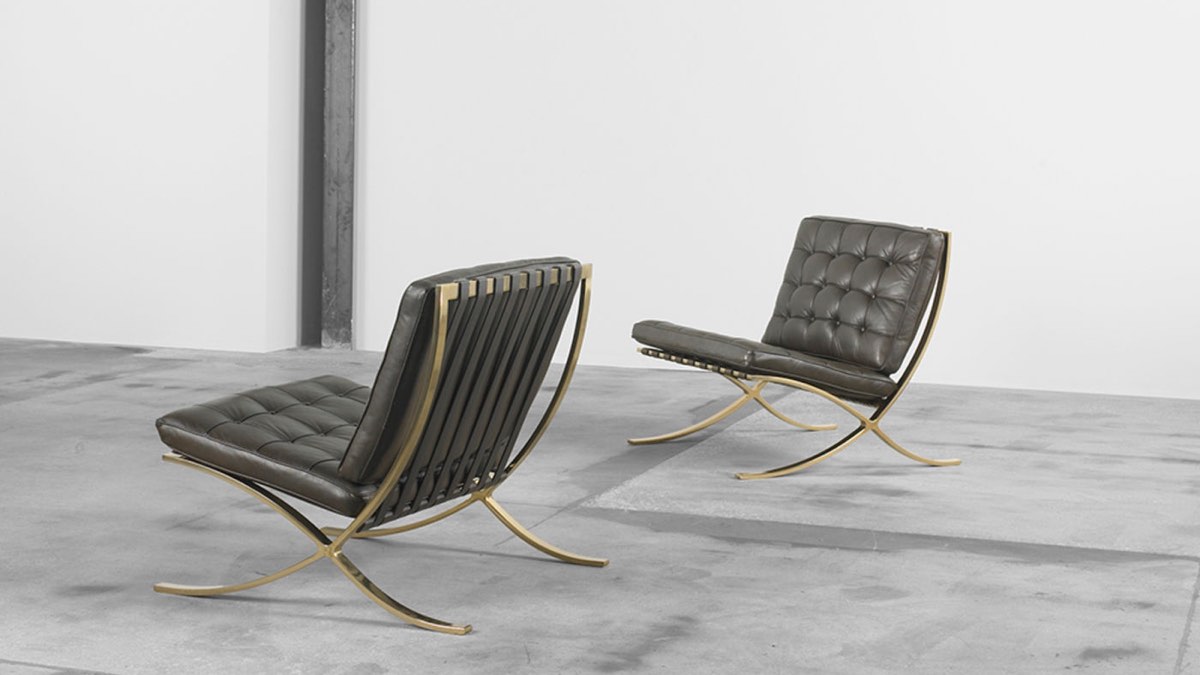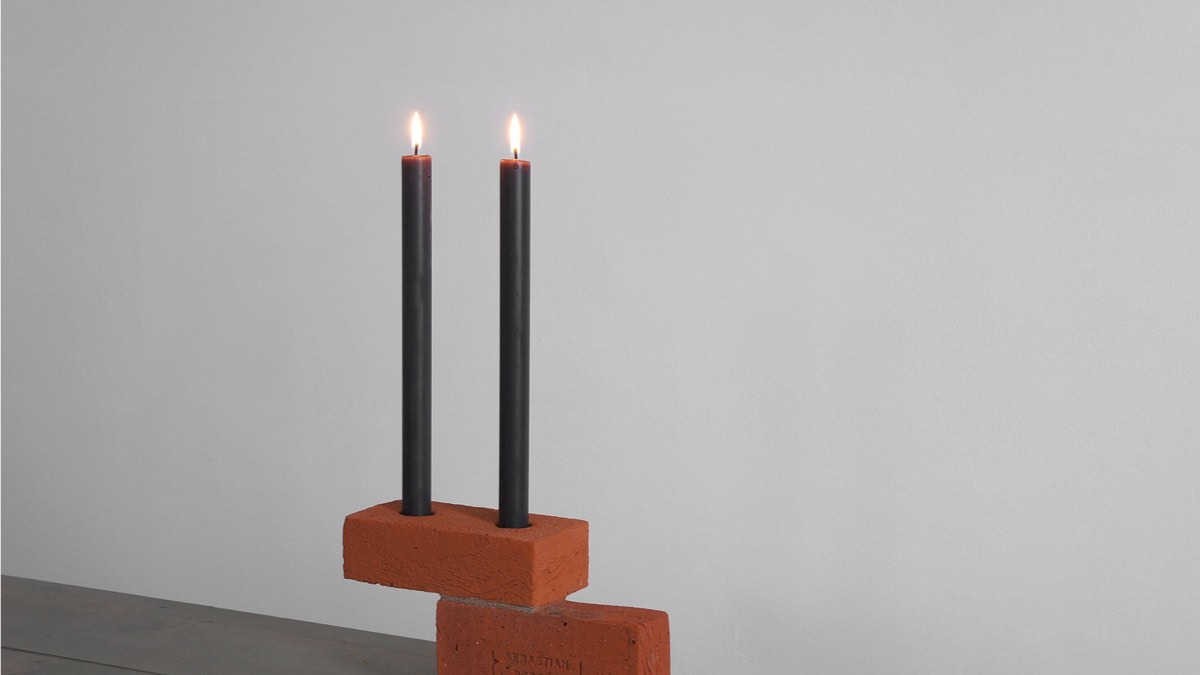
Design... is it art?
In honor of Paris Design Week which is taking place from September 3 to 10, here is a brief historical look into design and a possible interpretation of its fundamental “nature”. “Minor art”, fine art or mere technique ? With the onset of time and throughout different art movements, what design refers to has evolved a lot – along with the value of the entire discipline…

Created in 1900, the Thornet chair can still be found today.
Considering the very different definitions of design, it is difficult to summarize the function and objective of such activity. To the French Alliance of designers, design is “a creative intellectual, multidisciplinary and humanist process, whose goal is to deal with and bring solutions to everyday problems, no matter the size, linked to economic, social and environmental concerns.” The Larousse definition is more succinct : “a discipline that aims to harmonize the human environment, from the conception of staple objects to urbanism.” From a commercial point of view, design consists also in “making prettier things so they sell” considering, like the industrial designer responsible for the LU logo, Raymond Lowry, pointed out, that “what’s ugly doesn’t sell”.
Whatever the definition one wishes to associate to design, one thing is certain : the term covers a vast array of practices and concerns that are at the frontier of art and technique.
Even though design as we consider it today was born in the 1950s, it is the Industrial Revolution and the mass mechanized production it put into place that paved the way for the whole discipline. In the 20s, whereas some artists were constructing theories around Futurism, Suprematism and Cubism, the Bauhaus school appeared in Germany.

The creator of this seat, presented in 1929, was the last director of Bauhaus, the designer Ludwig Mies Van Der Rohe. Following the end of this school of thought, this piece of furniture’s production would only be pursued in 1953 !
In all its innovation, the Bauhaus was a precursor of contemporary design because it introduced the idea that art must respond to a society’s needs and thus that the distinction between artist and artisan has absolutely no reason to be. During the 20s and 30s, while Art Deco was very popular in France and the Finnish Alvar Aalto delved into organic design, the Bauhaus was violently rejected by the Nazi regime.
In fact, it is not before the post-war period that objects of daily use began to be considered as cultural products. Starting in 1949, the modern artists’ Union created the Formes utiles association which encouraged not dissociating industrial aesthetics and the functional value of an object. At this time, functionalism was very widespread and promoted the conviction that a piece of furniture’s form must follow its function. This movement is at the heart of modern design…

We owe this famed Egg chair, a cult object of industrial design, to the Danish designer Arne Jacobsen who drew it in 1958.
The main argument for refusing to see design as an art form resides in the fact that the discipline would be more linked to execution than imagination.
In the end, design is an applied art form which aims to find a balance between function and aesthetics. In this sense, the designer is neither an artisan – he does not master the material (or materials) he works with – neither a technician – he does not master the technique he uses – neither an engineer – he has a transversal perspective. To conclude, here is how the famous Philippe Starck conceives the profession of designer…
“It would be like being a cleaning lady : I have a broom in my hand (you think it is a pen but it’s a broom) which helps me try and clean the life of my family, of my friends, of my society, and sometimes with the broom’s handle, since I have a little time to dream, I show the way. That’s my job. While I clean, people’s lives, I have a few visions, I build some projects and sometimes I show or denounce directions. For me design is a means of expression with a political purpose, in the broad sense.”

About Artsper
Founded in 2013, Artsper is an online marketplace for contemporary art. Partnering with 1,800 professional art galleries around the world, it makes discovering and acquiring art accessible to all.
Learn more













